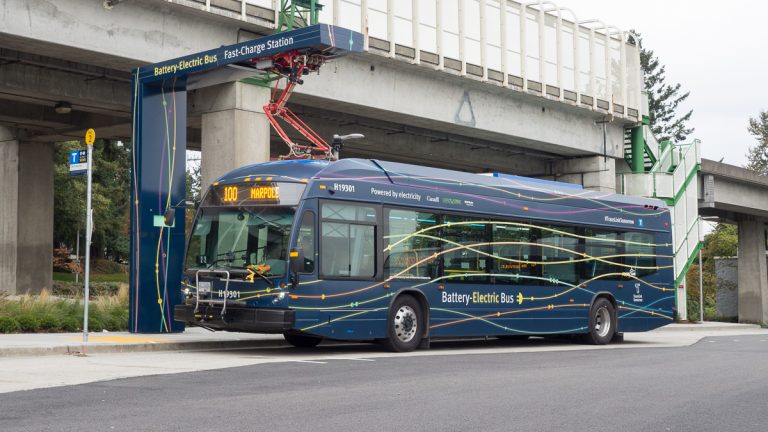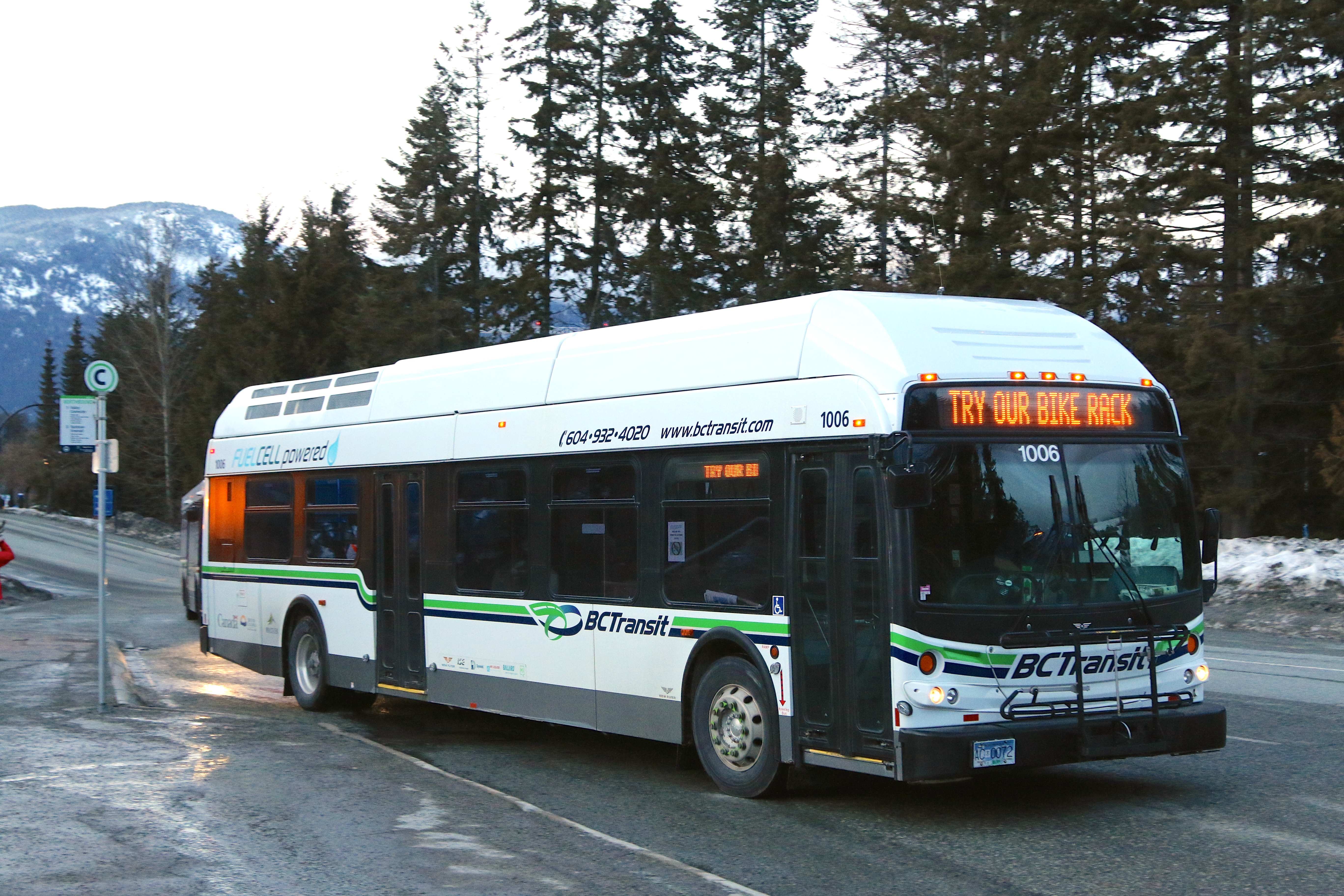About a month ago, TransLink launched its first four electric battery buses on a trial program on the #100 Marpole-22nd Street Station route. There are currently two bus models being trialed: New Flyer XE40, and the Novabus LFSe. These are actually not the first electric battery buses to be run on Vancouver roads. In 2017, TransLink had one demonstration bus from Build Your Dreams (BYD). I never got a chance to ride it though. Whereas the BYD had slow charging (overnight at the depot), the New Flyer and Novabus models here have fast charging at the termini. Two fast charging Continue Reading
novabus
Post-summer update
I can’t believe it’s September already. The weather is starting to become cool and wet, days are becoming shorter, marking the end of what has been an incredible summer (and year to date). It’s been a while since I’ve written here, so with the changing season I thought I’d share a bit of an update of 2016 so far. Some of these warrant their own blog posts, but until I have time to write the full thing here is a summary.
The end is near for Whistler’s hydrogen fuel cell buses
In one week, Whistler’s fleet of hydrogen fuel cell buses will be parked as their five-year pilot project ends. Nova Bus diesel buses will be replacing them as of April 1st, 2014. The fleet of twenty buses is currently the largest fleet of hydrogen fuel cell buses operating in the world. The fuelling station for the fleet is also the world’s largest hydrogen filling station. The hydrogen fuel cell buses were brought to Whistler by a five-year demonstration project sponsored by the federal, provincial and municipal governments, and the Canadian Hydrogen and Fuel Cell Association. The buses arrived in late Continue Reading
Transit highlights from my Toronto trip
While I was in Toronto these past few days, I got a chance to see two of Toronto Transit Commission’s (TTC) newest transit vehicles. For those unfamiliar with public transportation in the Greater Toronto Area, a number of transit authorities provide local transit service within different regions in the GTA. The TTC provides transportation services within the Toronto proper, including the subways, streetcars and bus service. I suppose a more detailed introduction to the different public transportation services would be ideal in a separate post. The articulated buses The first were the Nova Bus LFS articulated buses. These buses, introduced Continue Reading




